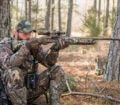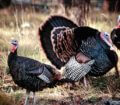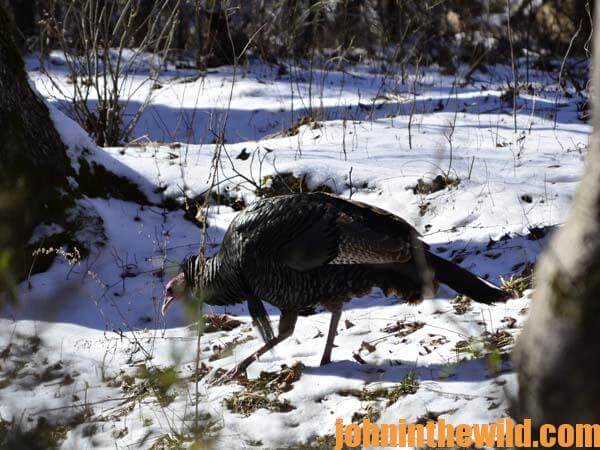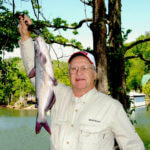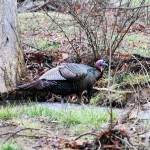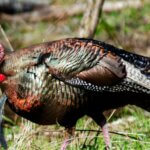John’s Note: Michael Adams from Linden, Michigan, a Mossy Oak pro for almost a decade is the director for television station WJRT Channel 12 in Flint, Mich. He’s been hunting turkeys for 10 years. Michigan’s spring turkey season runs through May 31, 2016, in some units.
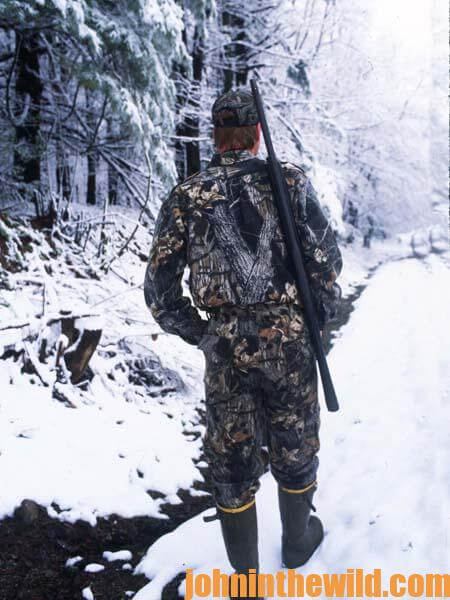 On the opening weekend of turkey season here in Michigan, the weather is usually very cold. I’ve sat in snow on the opening weekend in northern Michigan, and I’ve actually seen snow fall when I’ve been turkey hunting then. When snow is on the ground and is falling, I’ve learned that the turkeys aren’t nearly as active as they are later on in the season. Very rarely will you hear a turkey gobble, and seldom will you hear hens or gobblers calling at fly-down time. For the most part, Michigan turkeys are silent. So, locating turkeys is really tough. When I’m calling under snowy conditions, I call very softly.
On the opening weekend of turkey season here in Michigan, the weather is usually very cold. I’ve sat in snow on the opening weekend in northern Michigan, and I’ve actually seen snow fall when I’ve been turkey hunting then. When snow is on the ground and is falling, I’ve learned that the turkeys aren’t nearly as active as they are later on in the season. Very rarely will you hear a turkey gobble, and seldom will you hear hens or gobblers calling at fly-down time. For the most part, Michigan turkeys are silent. So, locating turkeys is really tough. When I’m calling under snowy conditions, I call very softly.
I’m a member of a 640-acre hunting club in northern Michigan. During the early season, I hunt turkeys like I hunt deer. I drive the woods roads and look for tracks. If I find tracks, and those tracks are close to a field where the turkeys can feed and strut, I’ll park and look for roost trees. Often during the early season, the turkeys will roost really close to where they feed. As I’ve mentioned, during that early season, turkey hunting is really tough. You have to set-up, blind call and hope a turkey’s nearby that wants to come and investigate. When we have snow on the ground in Michigan, we really depend more on our tracking ability to be able to pattern the gobblers and the hens – one of the reasons I prefer to hunt in the third season. I like to hear the turkeys talk. I enjoy having the hens talk back to me, and I feel like I have a greater chance of bagging a gobbler during the third week of the season than I do during the first 2 weeks of turkey season.
 One key element that’s critical to successfully calling in the hens and letting them bring the gobblers to you is your camouflage. If you’re hoping to harvest a gobbler, you may have to let several hens walk within a few feet of you and not be able to see you. Sometimes during the opening of turkey season, we won’t even have leaf buds on the trees, and the weather’s generally cold. During this time of the year, I prefer to wear Mossy Oak Break-Up Infinity, so I can sit next to a tree and blend in with it. If there’s snow on the ground, I wear Treestand, or I’ll still use Break-Up Infinity. When the leaves are on the trees, I’ll wear Break-Up Infinity. Also, I make sure that I’m totally covered in camouflage, and I don’t move. Never forget that a turkey has extremely-keen eyesight and is always looking for danger. Once you’ve got a flock of hens in close, you’ve got to do everything you can to keep those hens from seeing you when they show-up. Remember, you’ve called those hens to you, and they know from where you’ve called. They want to find that hen that’s been so disrespectful and run her off. So, the better you’re camouflaged, especially with back cover, the less likely that the hens will be able to see you. I try to find a big tree that I can lean my back up against before I start calling. I like Break-Up Infinity, because I can look like part of the tree, or I can look like some dead foliage and limbs around the base of the tree.
One key element that’s critical to successfully calling in the hens and letting them bring the gobblers to you is your camouflage. If you’re hoping to harvest a gobbler, you may have to let several hens walk within a few feet of you and not be able to see you. Sometimes during the opening of turkey season, we won’t even have leaf buds on the trees, and the weather’s generally cold. During this time of the year, I prefer to wear Mossy Oak Break-Up Infinity, so I can sit next to a tree and blend in with it. If there’s snow on the ground, I wear Treestand, or I’ll still use Break-Up Infinity. When the leaves are on the trees, I’ll wear Break-Up Infinity. Also, I make sure that I’m totally covered in camouflage, and I don’t move. Never forget that a turkey has extremely-keen eyesight and is always looking for danger. Once you’ve got a flock of hens in close, you’ve got to do everything you can to keep those hens from seeing you when they show-up. Remember, you’ve called those hens to you, and they know from where you’ve called. They want to find that hen that’s been so disrespectful and run her off. So, the better you’re camouflaged, especially with back cover, the less likely that the hens will be able to see you. I try to find a big tree that I can lean my back up against before I start calling. I like Break-Up Infinity, because I can look like part of the tree, or I can look like some dead foliage and limbs around the base of the tree.
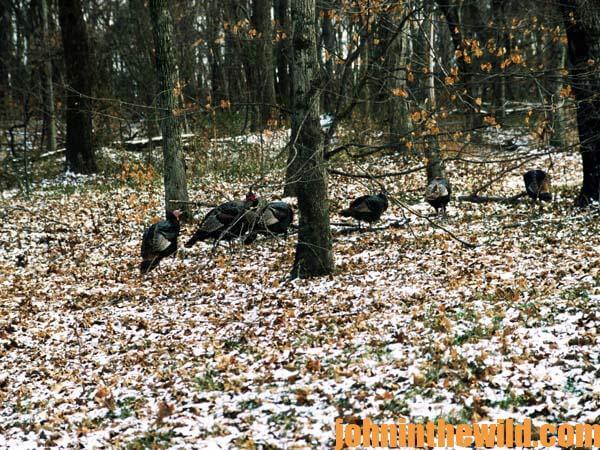 To learn more about turkey hunting from the masters, get these Kindle eBooks and print books by John E. Phillips, including: “Mossy Oak Pros Talk Turkey Tactics,” “The Turkey Hunter’s Bible (available as an eBook or in paperback),” “PhD Gobblers: How to Hunt the Smartest Turkeys in the World,” “Turkey Hunting Tactics,” (also available in an audio book from http://www.audible.com/pd/Self-Development/Turkey-Hunting-Tactics), “The 10 Sins of Turkey Hunting with Preston Pittman” and “Outdoor Life’s Complete Turkey Hunting.” Click here to get these books.
To learn more about turkey hunting from the masters, get these Kindle eBooks and print books by John E. Phillips, including: “Mossy Oak Pros Talk Turkey Tactics,” “The Turkey Hunter’s Bible (available as an eBook or in paperback),” “PhD Gobblers: How to Hunt the Smartest Turkeys in the World,” “Turkey Hunting Tactics,” (also available in an audio book from http://www.audible.com/pd/Self-Development/Turkey-Hunting-Tactics), “The 10 Sins of Turkey Hunting with Preston Pittman” and “Outdoor Life’s Complete Turkey Hunting.” Click here to get these books.
To get John’s book, “The Turkey Gobbler Getter Manual,” for free, go to www.johninthewild.com/free-books to download.

